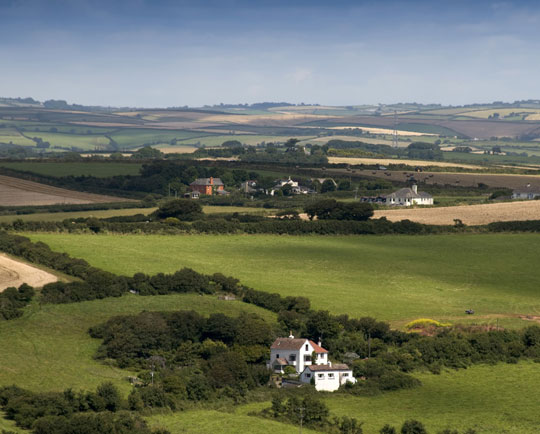Editor's Pick
Revealed: Britain’s best rural retreats

Enjoy the best quality of life in rural Great Britain in these peaceful places
The Orkney Islands has been crowned Britain’s best rural place to live, according to the 2017 Halifax Rural Areas Quality of Life Survey.
The annual study looks at employment, education, social and environmental factors to assess the rural communities with the best quality of life on offer.
The Orkney Islands scores strongly in employment rate, average earnings and average spend per pupil on education, as well as low anxiety levels, crime rates, and high scores in factors related to well-being and leisure.
Rural hotspots
Wychavon in Worcestershire came second in the list, with a high average male and female life expectancy of – 81.2 years and 84.5 years respectively, and 95% of adults reporting themselves to be in good health.
Wychavon residents also have some of the biggest homes in rural Great Britain with an average of 6.1 habitable rooms of which 98% have central heating and 92% of all houses have superfast broadband.
Derbyshire Dales, Hambleton and Purbeck in Dorset complete the top five – all performing well in the Personal Well-Being Survey as well as long male and female life expectancy.
Martin Ellis, economist at Halifax, said: “With one of the lowest population densities and traffic levels in Scotland, some of the most stunning scenery in the British Isles and the lowest levels of anxiety and highest life satisfaction ratings, the Orkneys offer a quality of life unmatched elsewhere in rural Britain.
“While the employment rate is significantly higher than the national average, there is more and more emphasis being placed on achieving a good work-life balance. The 2017 Rural Quality of Life Survey includes a leisure category for the first time. This shows that residents in the Orkneys have a good choice of pubs from which to choose.
“Rural areas in the South tend to receive higher ratings for weekly earnings, the weather, health, and life expectancy, while in the rural north areas score well on education in terms of grades and smaller class sizes, lower house prices in relation to earnings, and both lower traffic flows and population densities.”